A dehumidifier extracts moisture from the air. This can be beneficial for people with respiratory problems like asthma. If your dehumidifier isn't collecting water as it should, keep reading. We'll cover what you should do as recommended by HVAC experts.
If the temperature is over 65 degrees Fahrenheit but your dehumidifier is not collecting water, there may be a problem with the compressor circuit's capacitor. The compressor causes the moisture that's extracted from the air and collected in the bucket to circulate through the device as the refrigerant.
Apart from a problem with your dehumidifier's circuit capacitor, there are other issues that can damage your dehumidifier. Read on to learn what these problems are and how to fix them.

Dehumidifier Uses and Importance
There are many reasons to use a dehumidifier at home. Some of them include:
Reduce Symptoms of Allergy Attacks
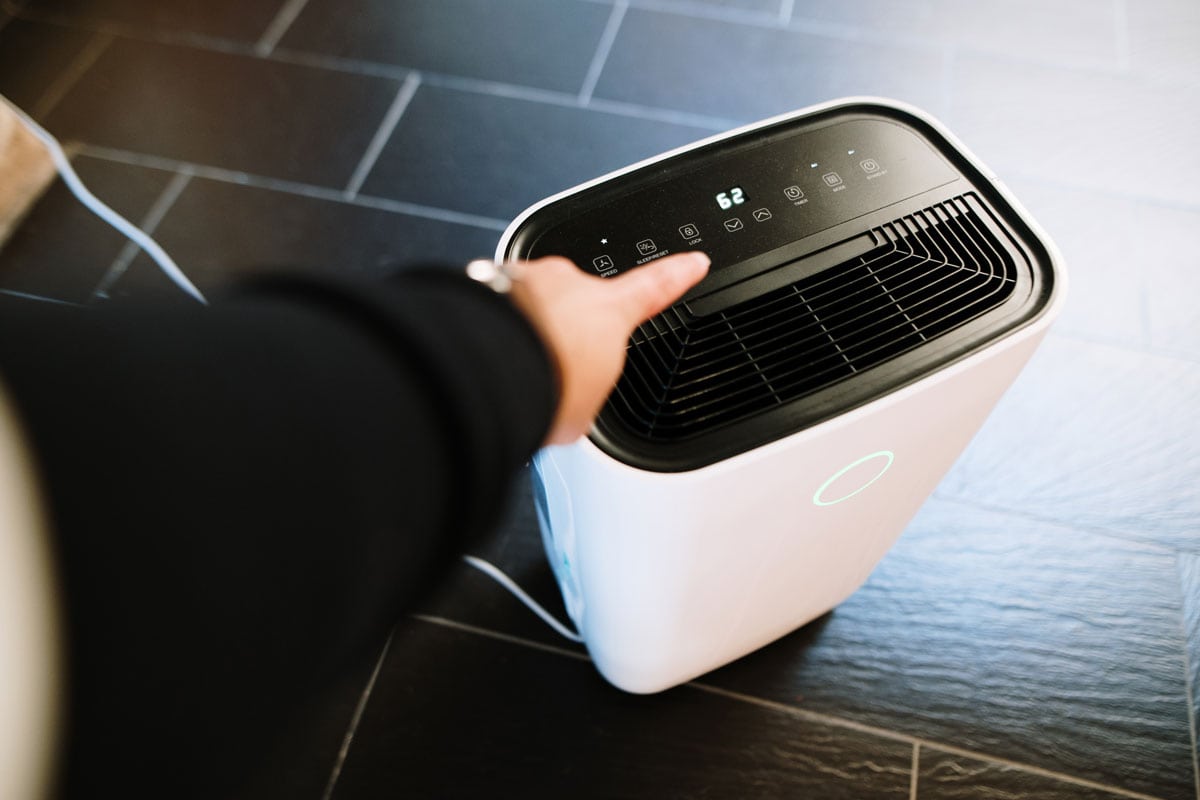
Allergic reactions brought on by environmental allergens might include wheezing, sneezing, discomfort in the chest, and itching in the eyes. This can be reduced with a dehumidifier. Additionally, drying out the air in your home reduces the number of potential allergen triggers.
To survive and reproduce, dust mites in particular require a relative humidity level of at least 65 percent. A dehumidifier can be used to maintain a level of humidity that will help in getting rid of dust mites.
Prevention of Molds
It's possible that dehumidifiers can help people with asthma. It is typically more challenging to take a breath when there is a significant amount of moisture in the atmosphere because the air gets denser. Because of this, being in an area with a high humidity level can be challenging for people with asthma.
Using a dehumidifier helps reduce the strain that the exertion of breathing in and out places on the lungs. The mugginess dissipates, and the air is colder and more breathable.
Healthier Air
When you get rid of mold and dust, you also get rid of pests like cockroaches and spiders. People who suffer from COPD (chronic obstructive pulmonary disease) may also benefit from lower humidity levels. A dehumidifier can help cool down your home and reduce your time running the air conditioner, even if you live in a naturally humid area.
Why Is My Dehumidifier Not Collecting Water?
If your dehumidifier unit is not gathering any water, the surrounding environment may not have a humidity level that is high enough. An inspection by an engineer may be required if it appears that the dehumidifier is not operating as it should be. If your dehumidifier is not collecting water, you should check the following things:
- Raise the temperature in the room to between 64 and 68 degrees Fahrenheit for the best results.
- Make sure the filter is clean.
- Transfer the dehumidifier to a different location for the time being.
- Raise the humidity level by turning the humidistat to a higher setting.
How to Repair Dehumidifier That Doesn't Collect Water?
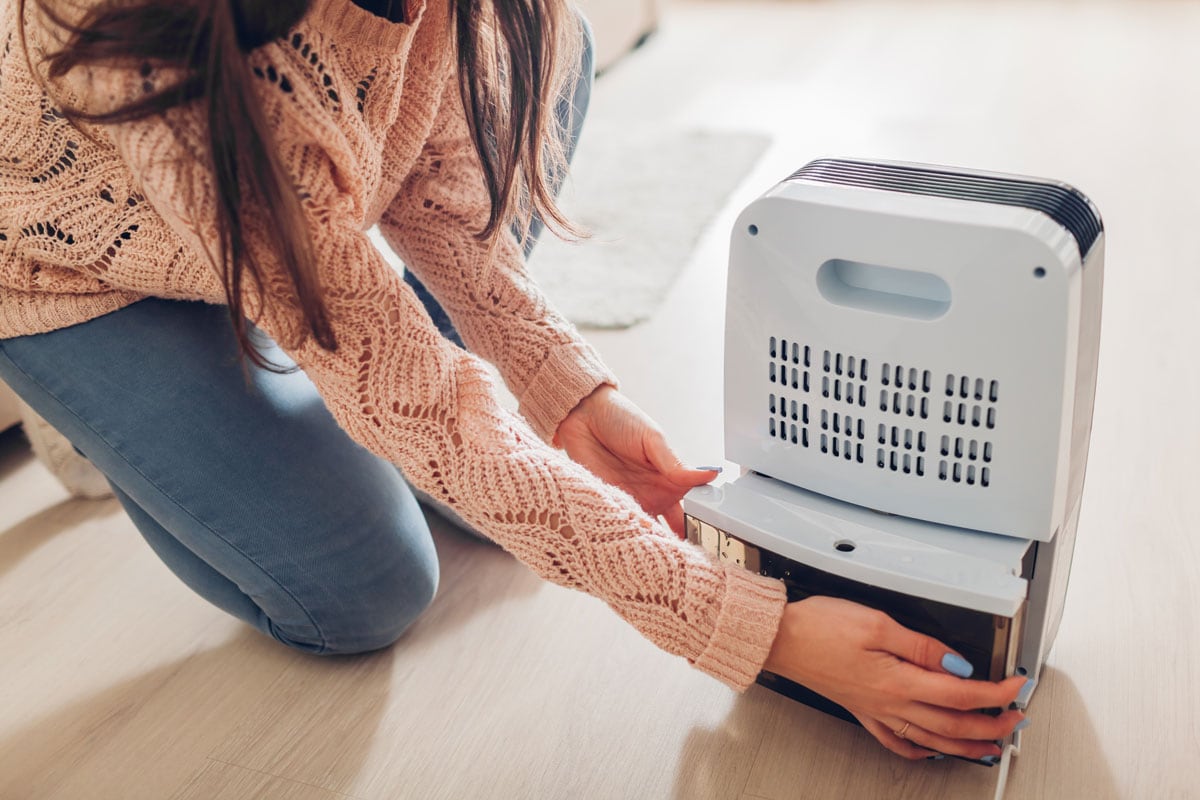
If the water collection bucket on your dehumidifier is empty, the device is not performing as it should. You can attempt to reset the dehumidifier by unplugging the device for thirty seconds and then reconnecting the power. After that, adjust the settings on the controls and check to see if the apparatus functions appropriately.
You should consult the warranty information for the model that should be found in the owner's manual if the unit is still not collecting any water. If the unit's warranty has expired and it needs to be repaired, you should check with local repair services to see if they offer dehumidifier repair.
How Long Does it Take For a Dehumidifier to Start Collecting Water?
Assuming that the dehumidifier you select is large enough for the space it is working in and that there are no unique damp difficulties, a dehumidifier will generally lower the humidity to the set level within a few days to a week.
How Do I Know If My Dehumidifier Compressor is Working?
Even though the dehumidifier's blower is turning, there is still a possibility that the compressor is not doing its job. Ensure that the indicator light on the dehumidifier shows that the compressor is running before using it.
What Is The Average Lifespan of a Dehumidifier?
Dehumidifiers typically have a lifespan of five to ten years. Taking care of your dehumidifier is essential to get the most out of it. Always empty the water bucket, change the air filters, and clean the condensing coils.
- If a dehumidifier needs to be serviced by a professional more than twice a year, this is a clear indication that it is time to replace it.
- If the dehumidifier has had many parts replaced, most notably the compressor, it is recommended that you get a new unit.
- If despite all of the repairs, the dehumidifier's performance is still below standard, you should buy a new one.
How Do You Recharge a Dehumidifier?
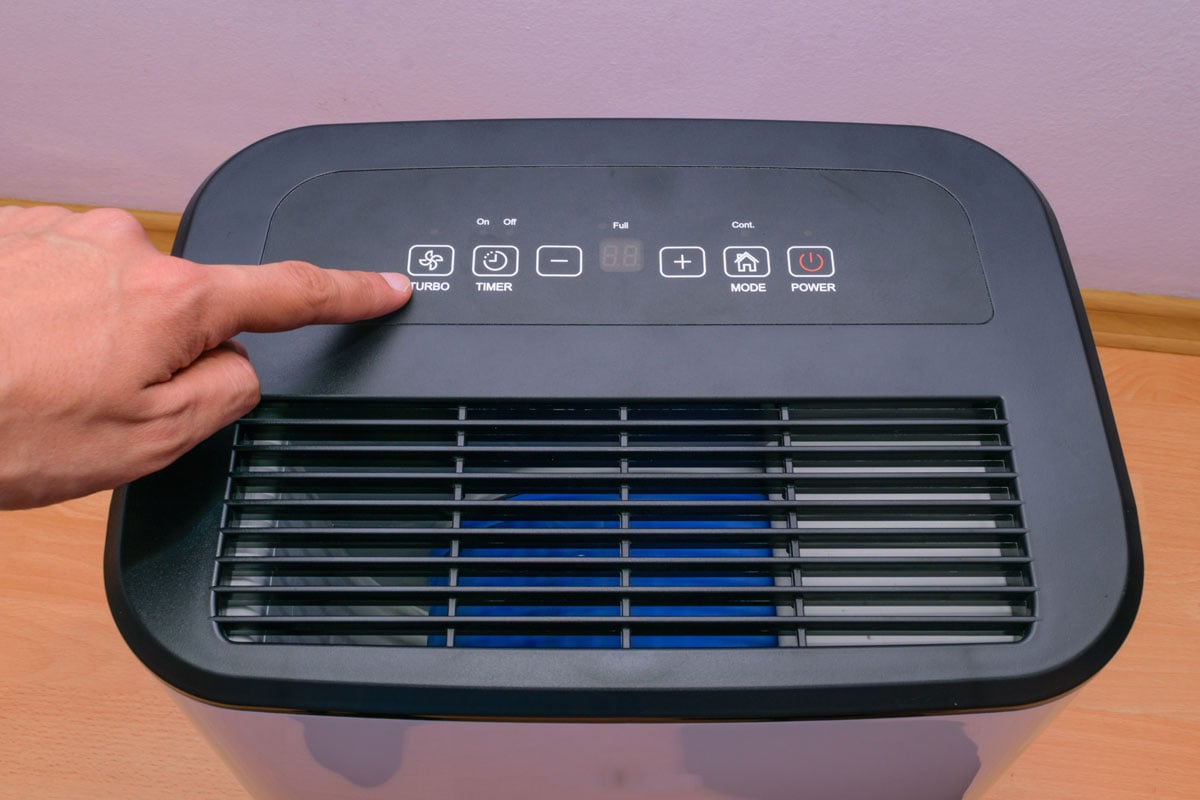
You should determine whether or not your dehumidifier requires a charge before starting this process. Follow the necessary procedures, including plugging the machine in after you realize that the device is using electricity without eliminating moisture from the air.
In addition, there are three reasons your dehumidifier might not be recharging.
- The first possibility is that there is an issue with the fan; this is the case if the motor is not operating as it should. Do not attempt to recharge it. Examine the engine.
- It is also possible that your fan has become jammed due to debris or dust, which is why it is not working.
- If there is no moisture in the air in the room, the dehumidifier will have nothing to draw out of the air. Because of this, it might stop functioning correctly.
Recharging Your Dehumidifier
If your device does not have any of these issues, you should stick with the default settings.
- To begin, place your online order for a recharge kit. Your work will become less complicated as a result. The kit comes with a miniature gas can or cylinder that may hold R-22, R-410A, or another gas of your choosing.
- You should be aware of the type of gas you are using. It should be suitable for use with the dehumidifier's compressor.
- The next step is to disconnect the power cable from your dehumidifier.
- Gather together all of the tools that are required to open it.
- Then rebolt everything previously unbolted, and you can take pictures if you choose. This will help you the next time you are putting it together.
- Choose whether you want to remove the top part or the back part.
- After opening the dehumidifier, remove the compressor, and you will see a hose in the space it was previously occupying.
- After that, get the can and make the necessary connections to it. It will become apparent that the compressor is being charged.
After Charging
- After a few minutes, the gas will move from the can to the compressor where it was initially stored. You should also be aware of the amount of time required for charging.
- After it has been charged, you can remove it from the container and then rebolt all of the components into the positions they were in before. You may want to consult the photographs you took earlier.
- Last but not least, double-check each of the individual components. Check to see that they are secure.
- If you have a humidifier that uses desiccant crystals, the most effective way to recharge them is to dry them out in the sun. But in addition to that, this model of humidifier features electric recharge capabilities. You will be able to utilize it to save time.
Can a Dehumidifier be Repaired?
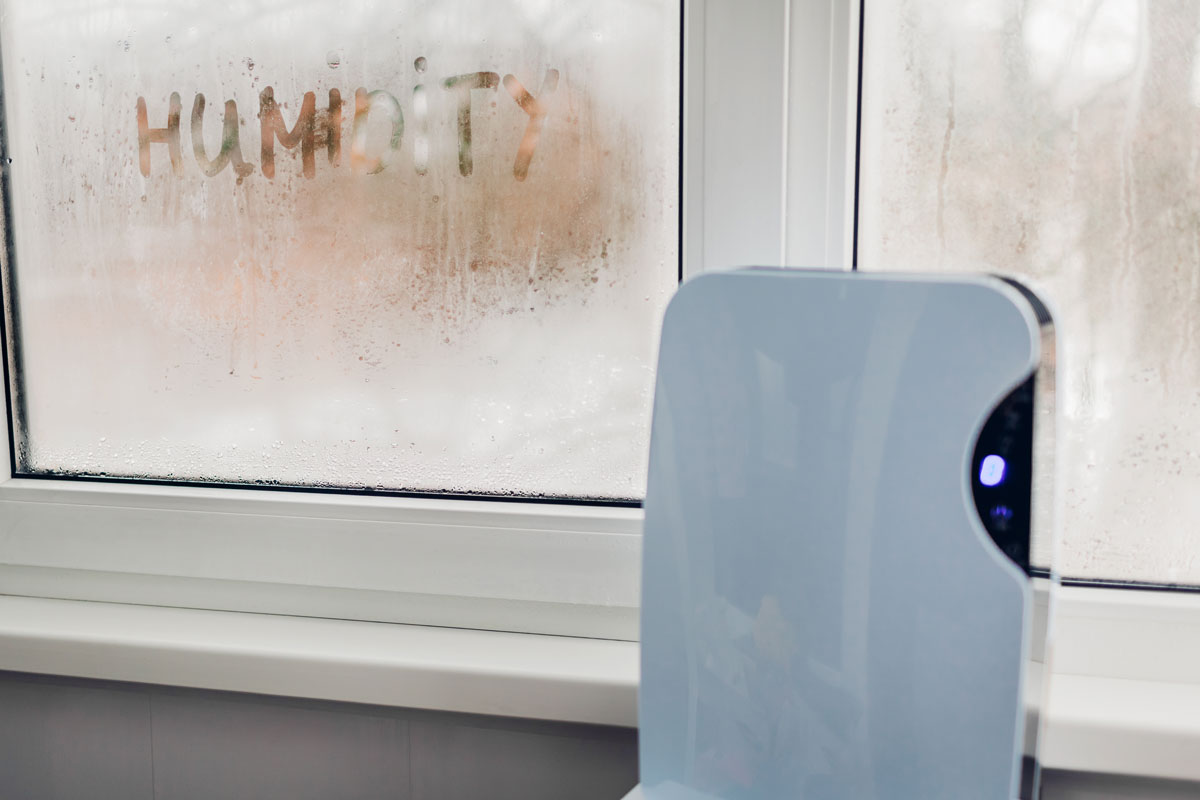
Cleaning the condenser and evaporator coils may fix a malfunctioning dehumidifier. Just follow the steps below:
- Verify that the power is on. Make sure that the dehumidifier is both plugged into a working outlet and turned on.
- Remove the plug from the dehumidifier so you can inspect the power cord. If it's worn out, you should get a new power cord for the device.
- Ice is the next thing you should check for after removing the cover panel. If you notice any ice covering any of the components, you should wait until the room temperature reaches 65 degrees Fahrenheit before utilizing the device
- Take out the overflow cutoff switch and put it through its paces.
- Take out the humidistat so that you may examine it.
- Turn the humidistat knob clockwise and counterclockwise.
- If the dehumidifier looks to be unusable, you'll need to decide whether to replace it or hire a repairman
To Wrap Up
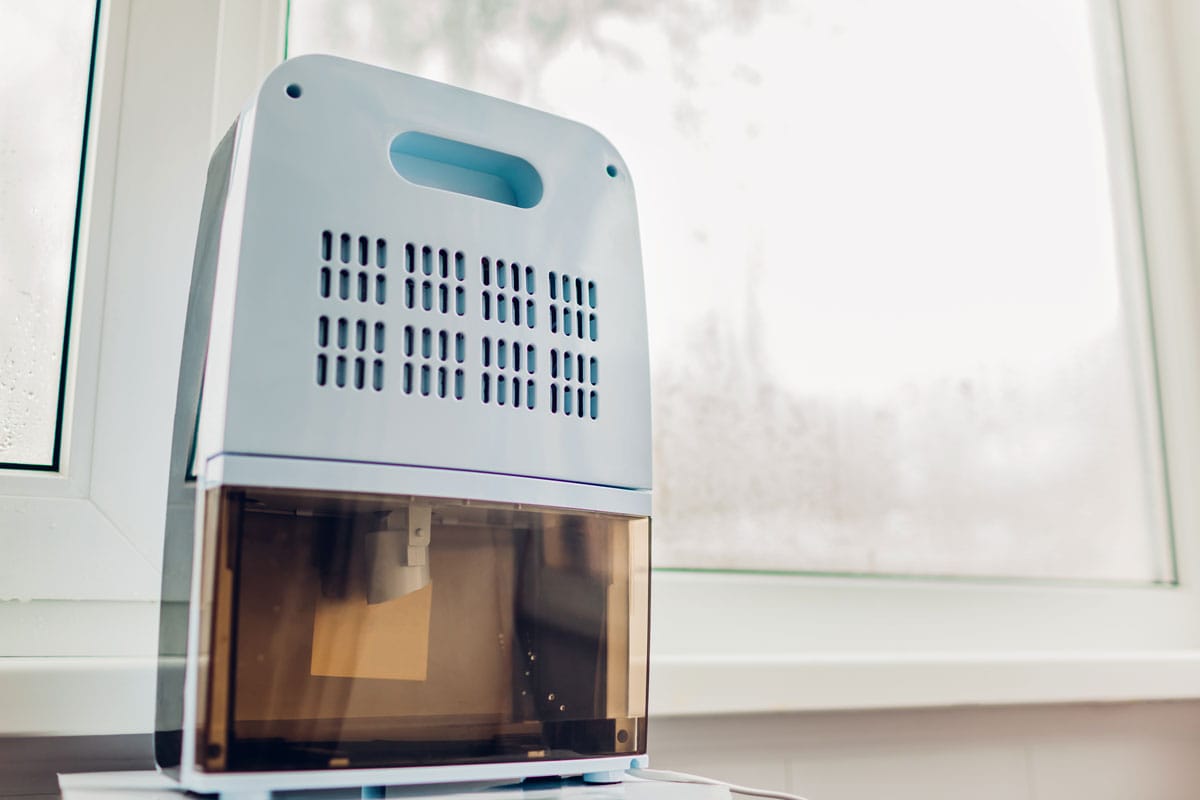
If your dehumidifier seems ineffective, there may be a problem with the compressor circuit's capacitor. Additionally, the space it is intended to function in may be too small or large.
Confirm if the device can handle the room's dimensions by reading its specs. If you don't want to buy a larger device, consider dehumidifying one room at a time.
To read more on dehumidifiers, we recommend these engaging articles:
